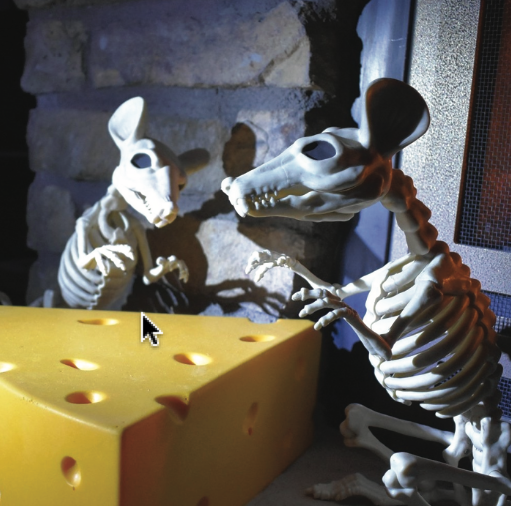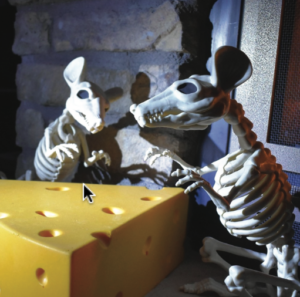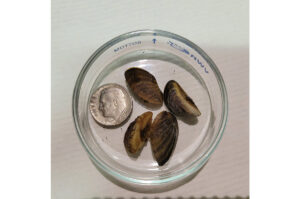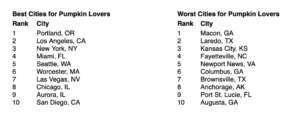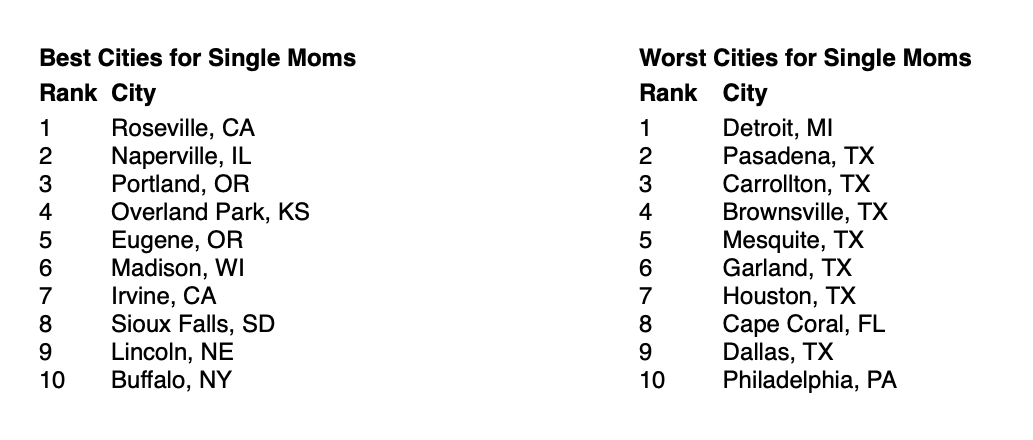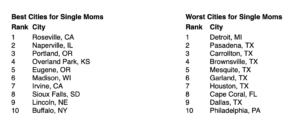In support of Breast Cancer Awareness Month, the State of Colorado is encouraging Coloradans to stay up to date on mammograms so they can find breast cancer early when it’s easiest to treat. Life-saving mammograms are available for free to individuals who qualify through the Women’s Wellness Connection program, which operates at more than 100 clinics across the state.
“We want people to know their risk for breast cancer, how to reduce that risk, and when to get a mammogram. We also want to make sure they know where they can get a mammogram,” said Emily Kinsella, Colorado Department of Public Health and Environment Women’s Wellness Connection section manager. “The Women’s Wellness Connection program exists so that cost, lack of health insurance, or immigration status don’t get in the way of individuals getting these crucial screenings to protect their health.”
In Colorado, over 5,000 people will be diagnosed with breast cancer this year. . According to the American Cancer Society, only 37% of uninsured women were up to date with breast cancer screening in 2019, compared to 70% of privately insured women nationwide.
A new statewide campaign to raise awareness of free Women’s Wellness Connection services includes television, radio, and outdoor advertising, plus direct outreach to Colorados through text messages. During Breast Cancer Awareness Month in October, CDPHE will send an additional text reminder to stay up to date on mammograms.
One in eight women will get breast cancer in their lifetime, but the good news is that nearly everyone can survive breast cancer when it is caught in the early stages.
“We know that finding cancer early can make a huge difference in treatment and outcome. We also know that in recent years, during the pandemic, many got behind on routine cancer screenings. Making sure we all get caught up on mammograms will save lives,” said Kinsella.
The Women’s Wellness Connection program serves individuals ages 21 to 64 without health insurance or limited insurance and with demonstrated financial need. In addition to breast cancer screenings, the program provides free Pap tests to check for cervical cancer. To find out more about the program, visit women’s wellness connection.org. People can also call the American Cancer Society at 1-866-951-9355 for help finding a clinic that offers free or low-cost cancer screenings as part of the Women’s Wellness Connection program near them.
###
Colorado ofrece mamografías gratuitas para ayudar a las personas a mantenerse al día en una prueba de cáncer que salva vidas
(REMOTO) Octubre 27, 2022: En apoyo al Mes de la Concientización de Cáncer de Seno, el estado de Colorado alienta a las personas a mantenerse al día con sus mamografías para poder detectar el cáncer de seno en una etapa temprana, haciendo más fácil el tratamiento. Las mamografías que salvan vidas están disponibles gratuitamente para las personas que califican a través del programa Women ‘s Wellness Connection, que funciona en más de 100 clínicas en todo el estado.
“Queremos que las personas conozcan su riesgo de cáncer de seno, cómo reducirlo y cuándo hacerse una mamografía. También queremos asegurarnos de que sepan dónde pueden hacerse una mamografía”, dijo Emily Kinsella, gerente de sección de Women´s Wellness Connection del Departamento de Salud y Medio Ambiente de Colorado. “El programa Women ‘s Wellness Connection existe para que el costo, la falta de seguro médico o el estatus migratorio no se interpongan en el camino de las personas para que se realicen estos exámenes cruciales para proteger su salud”.
En Colorado, más de 5,000 personas serán diagnosticadas con cáncer de seno este año. De acuerdo con la American Cancer Society, solamente 37% de las mujeres sin seguro estaban al día con sus pruebas de cáncer de seno en el 2019, comparado con 70% de mujeres con seguro privado a nivel nacional.
Una nueva campaña estatal para crear conciencia sobre los servicios gratuitos de Women ‘s Wellness Connection incluyen televisión, radio y publicidad en exterior, además de contacto directo con los habitantes de Colorado a través de mensajes de texto. Durante el Mes de la Concientización del Cáncer de Seno en octubre, el Departamento de Salud y Medioambiente de Colorado mandará un recordatorio de texto adicional para mantenerse al día con las mamografías.
Una de cada 8 mujeres tendrá cáncer de seno en su vida, pero las buenas noticias es que casi todas pueden sobrevivir cuando es detectado en etapa temprana.
“Sabemos que la detección de cáncer en etapa temprana puede hacer una gran diferencia en el tratamiento y en el resultado. También sabemos que en los últimos años, durante la pandemia, muchos se atrasaron en sus pruebas de rutina de detección de cáncer. Asegurándonos de que todos se pongan al día con las mamografías, salvará vidas”, dijo Kinsella.
El programa Women ‘s Wellness Connection atiende a personas de 21 a 64 años sin seguro médico o seguro limitado y con necesidades económicas comprobadas. Además de las pruebas de detección de cáncer de seno, el programa ofrece pruebas de Papanicolaou gratuitas para detectar cáncer de cuello uterino. Para obtener más información sobre el programa, visite womenswellnessconnection.org. Las personas también pueden llamar a la American Cancer Society al 1-866-951-9355 para encontrar una clínica que ofrezca pruebas de detección de cáncer gratuitas o de bajo costo como parte del programa Women ‘s Wellness Connection cerca de ellas.

